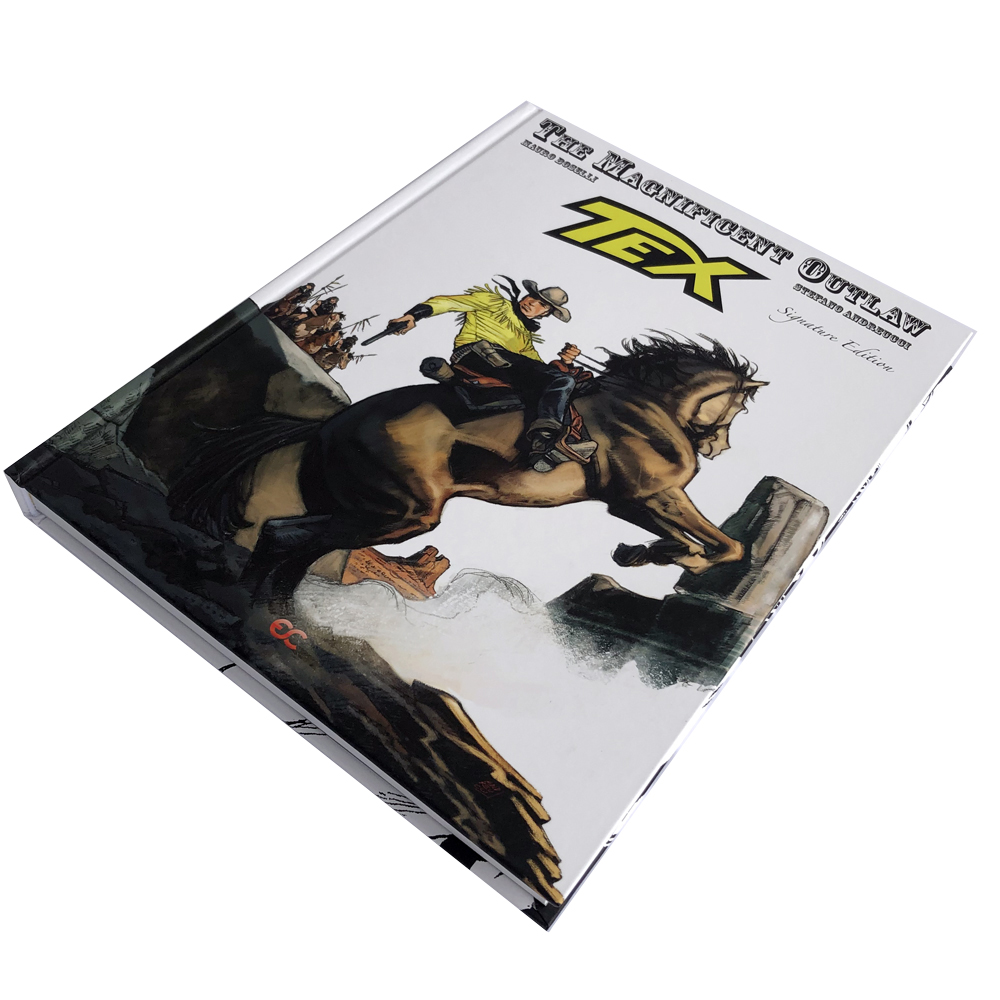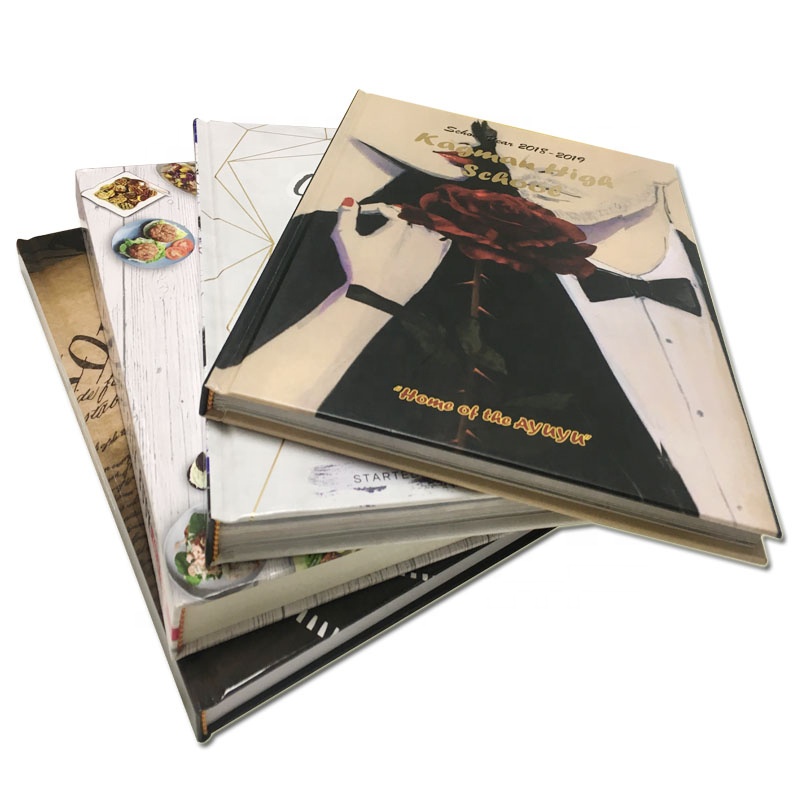Combien coûte la reliure ?
Bookbinding is an essential part of the book production process. Whether you’re printing a limited edition of a novel, preparing a custom workbook, or creating a special keepsake, the cost of bookbinding is an important consideration for any project. From the type of cover and size of the book to the number of pages and binding style, several factors influence how much it will cost to have a book bound.
In this article, we’ll dive deep into the different factors that determine the cost of bookbinding, specifically exploring price ranges, regional differences, and key considerations that affect pricing. We will also provide a detailed explanation of various binding styles and the materials used, as well as discuss typical costs for bookbinding services, particularly in areas like Nagpur, Maharashtra, and how these can vary depending on your location and specific needs.
Table des matières
Understanding the Bookbinding Process
Bookbinding is the process of physically assembling a book from a collection of pages (called folios or signatures), typically with a cover and spine to hold everything together. It involves stitching, gluing, or other methods of affixing the pages into place. The final product can range from simple paperback novels to more elaborate hardcover editions, each requiring a different set of materials and labor.
The cost of bookbinding varies significantly depending on the size, cover type, and complexity of the binding. Understanding these variables can help you make informed decisions when planning a book production or custom printing project.
Factors Affecting the Cost of Bookbinding
Several factors can impact the overall cost of bookbinding. Let’s explore these variables in more detail to understand how they affect pricing.
Book Size
The number of pages in a book is another important factor. Books with more pages require more material, more stitching or gluing, and more time for the binding process. Therefore, the price will scale with the number of pages.
A book with around 200 pages might cost between $1.19 to $2.38 to bind, depending on the other factors. However, larger books or those with more complex layouts could push the price higher.
Type of Cover
The type of cover plays a major role in determining bookbinding costs. Generally, hardcover books cost more than softcover books due to the materials and complexity involved in producing them.
Hardcover: A hardcover binding involves using rigid boards for the cover, which requires more labor and materials than softcover binding. Prices for hardcover books can range from $2.97 to $9.51depending on the size and materials used.
Softcover: Softcover bindings, also known as paperback, are typically more affordable. They are bound using a flexible cover, often made from thick paper or cardstock. As a result, softcover books usually have a lower price range ($1.19 to $2.38 for novel-sized books).
Special Covers: If the book has special features, such as leather, laminated, or textured covers, these add to the cost. Laminated or leather covers, for instance, can significantly increase the price, particularly if you are looking for premium finishes or custom designs.
Number of Pages
The method used to bind the book is a critical factor in determining its final cost. There are several types of bookbinding styles, each with different costs associated with the materials and labor involved.
Hardcover Binding: This is the most expensive style due to the additional materials required, such as rigid boards, cloth or leather for the cover, and a more labor-intensive process.
Softcover Binding: This is a more affordable option. Paperbacks are bound by gluing or sewing signatures together before attaching the soft cover. While the cost is lower than hardcover binding, it still varies depending on the number of pages.
Spiral Binding: Often used for notebooks or educational materials, spiral binding is more cost-effective than hardcover binding but involves a specialized machine to attach the spiral coil. Prices tend to range from $1.19 to $2.38 depending on the size and materials.
Saddle Stitch Binding: Typically used for booklets, brochures, or small quantities of books, saddle stitch binding involves folding and stapling the pages together along the spine. This is one of the cheapest options, especially for thinner books with fewer pages.
Quality of Materials
The quality of the materials used can significantly impact the price of bookbinding. High-quality glue, threads, paper, and covers cost more than basic materials. For example, a book bound with premium quality linen or leather for the cover will be more expensive than one bound with plain cardboard and standard paper.
For hardcover books, the choice of cloth, leather, or paper for the cover, as well as the type of ink used for printing and the binding materials (thread or glue), all affect the price. Higher-quality materials typically result in higher production costs but lead to a more durable and aesthetically pleasing book.
Shop Reputation
The reputation of the bookbinding shop also plays a role in the cost. Established shops with a track record of producing high-quality, professional work may charge more for their services. In contrast, smaller, lesser-known shops may offer more competitive prices but might not provide the same level of craftsmanship or durability in the final product.
Bookbinding Prices in Nagpur, Maharashtra
Here’s a closer look at the most common types of binding and how they influence the price:
Hardcover Binding: High-end binding with rigid boards and often a cloth or leather cover. Expect prices from $2.97 to $9.51
Softcover Binding: Flexible cover, lower cost, ranging from $1.19 to $2.38 for smaller books.
Spiral Binding: Often used for notebooks or manuals, cost-effective for thinner books ($1.78 to $3.57).
Saddle Stitch Binding: Economical and ideal for smaller booklets ($0.8 to $1.57).
Regional Price Variations
While the basic cost of bookbinding may not vary dramatically within a given country, urban areas with higher living costs—like Mumbai, Delhi, or Bangalore—are likely to see slightly higher prices. The cost of raw materials, labor, and overheads increases in densely populated or high-cost regions, so it’s essential to factor in these considerations if you are ordering from a location outside your own.
How to Save on Bookbinding Costs
There are several ways to keep bookbinding costs within your budget:
- Consider Softcover: Opt for softcover if you don’t need the durability of a hardcover book.
- Lower Page Count: Shorter books or thinner paper reduce overall material costs.
- Simpler Binding Styles: Choose spiral or saddle stitch binding if the book doesn’t require the sophistication of hardcover binding.
Conclusion: Making Informed Decisions About Bookbinding
Bookbinding is a vital part of the book production process, and understanding its cost implications is essential for anyone looking to publish a book or undertake custom book projects. The final price will depend on factors like book size, cover type, page count, binding style, and material quality.
For those in regions like Nagpur, Maharashtra, bookbinding prices are relatively affordable, but it’s important to shop around, compare quotes, and choose a shop that offers the best combination of price and quality for your needs.
FAQ
Q1: What is the cheapest type of bookbinding?
A1: Saddle stitch binding is generally the cheapest option for binding books. It’s ideal for smaller, thinner booklets.
Q2: How much does hardcover binding cost?
A2: Hardcover binding typically ranges from 250 to 800 rupees, depending on the size and materials used.
Q3: Why do bookbinding costs vary by region?
A3: Bookbinding costs can vary by region due to differences in labor costs, material prices, and overhead expenses. Urban areas or locations with higher living costs may see slightly higher prices.
Impression de livres
Nouveaux produits
Dernier blog
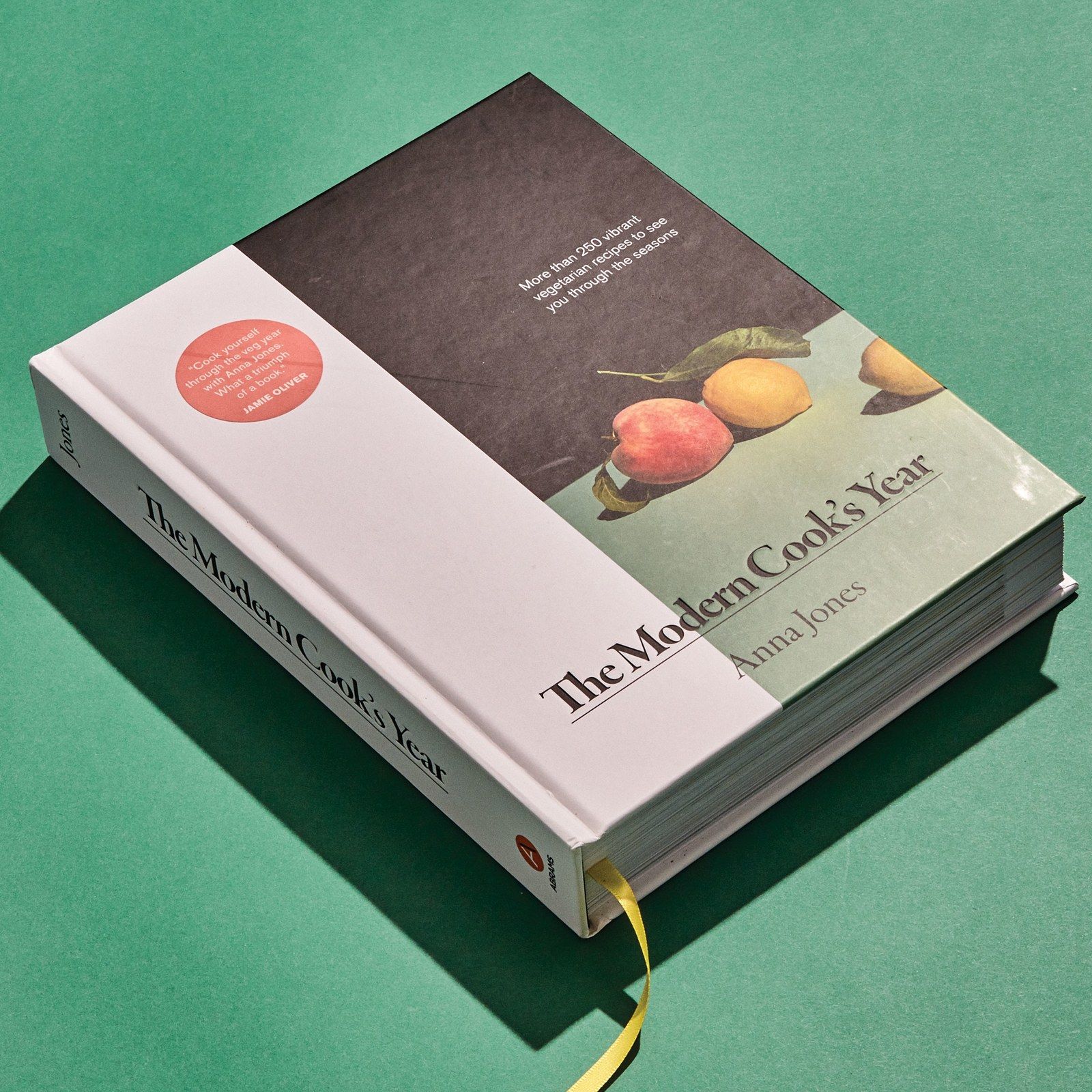
Combien coûte la reliure ?
La reliure est une étape essentielle du processus de production d'un livre. Que vous imprimiez une édition limitée d'un roman, prépariez un classeur personnalisé ou créiez un souvenir spécial,
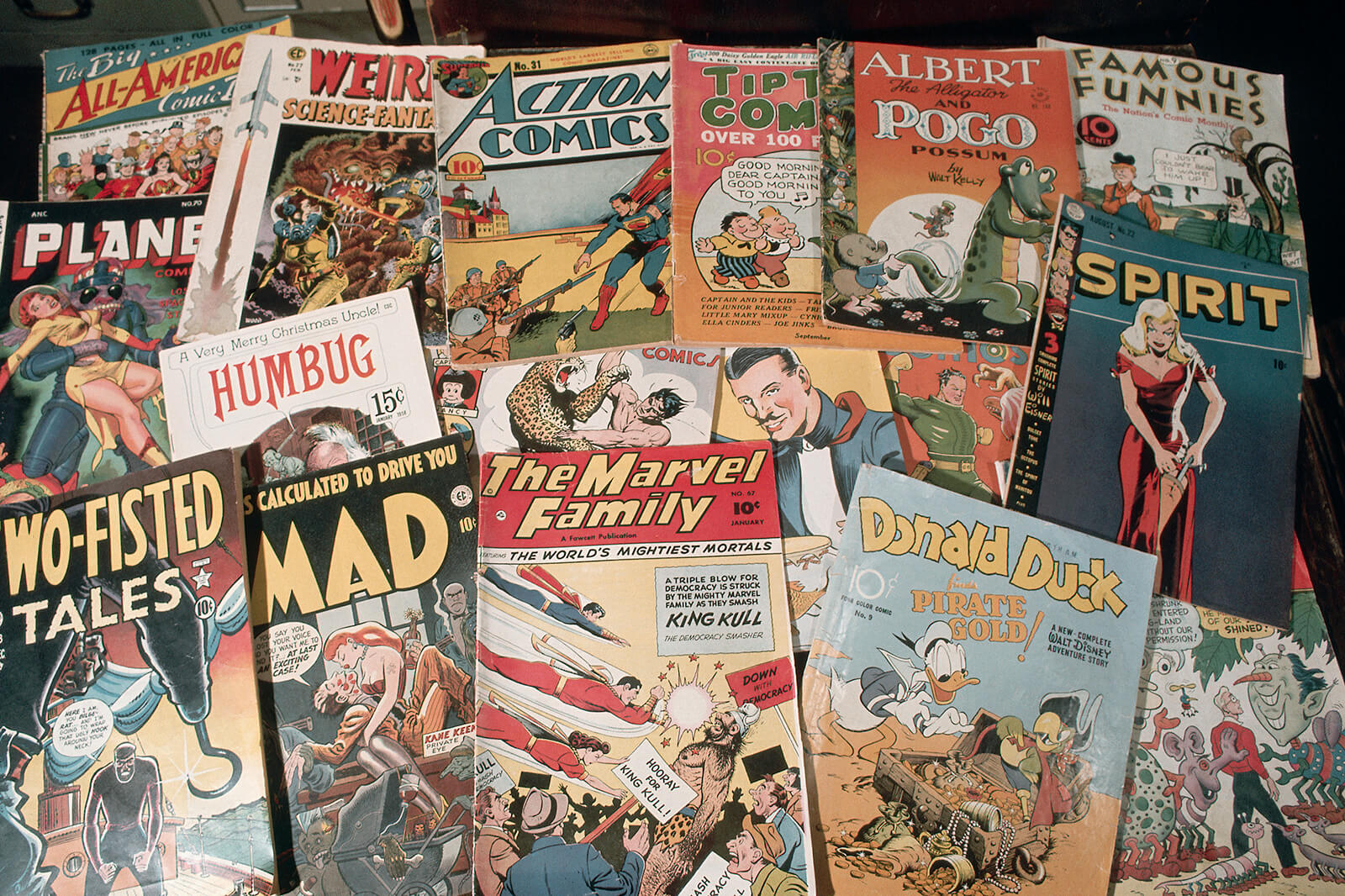
Combien coûte l'impression d'une bande dessinée
Créer une bande dessinée n'est pas seulement un projet, c'est une passion qui allie narration, art et esprit d'entreprise. Pour de nombreux artistes et écrivains,
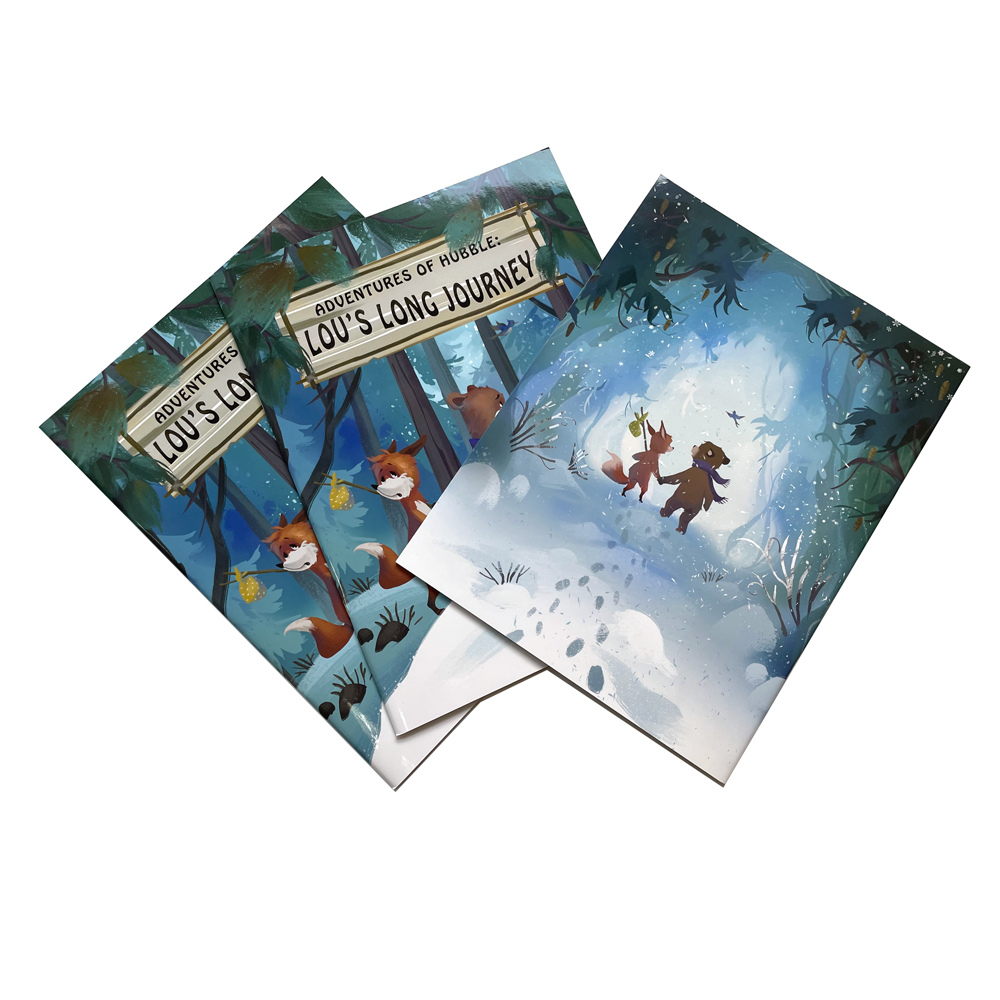
Pourquoi la plupart des livres sont-ils imprimés en Chine ?
Dans l’économie mondialisée d’aujourd’hui, l’impression de livres a trouvé en Chine une solution de plus en plus rentable et axée sur la qualité.
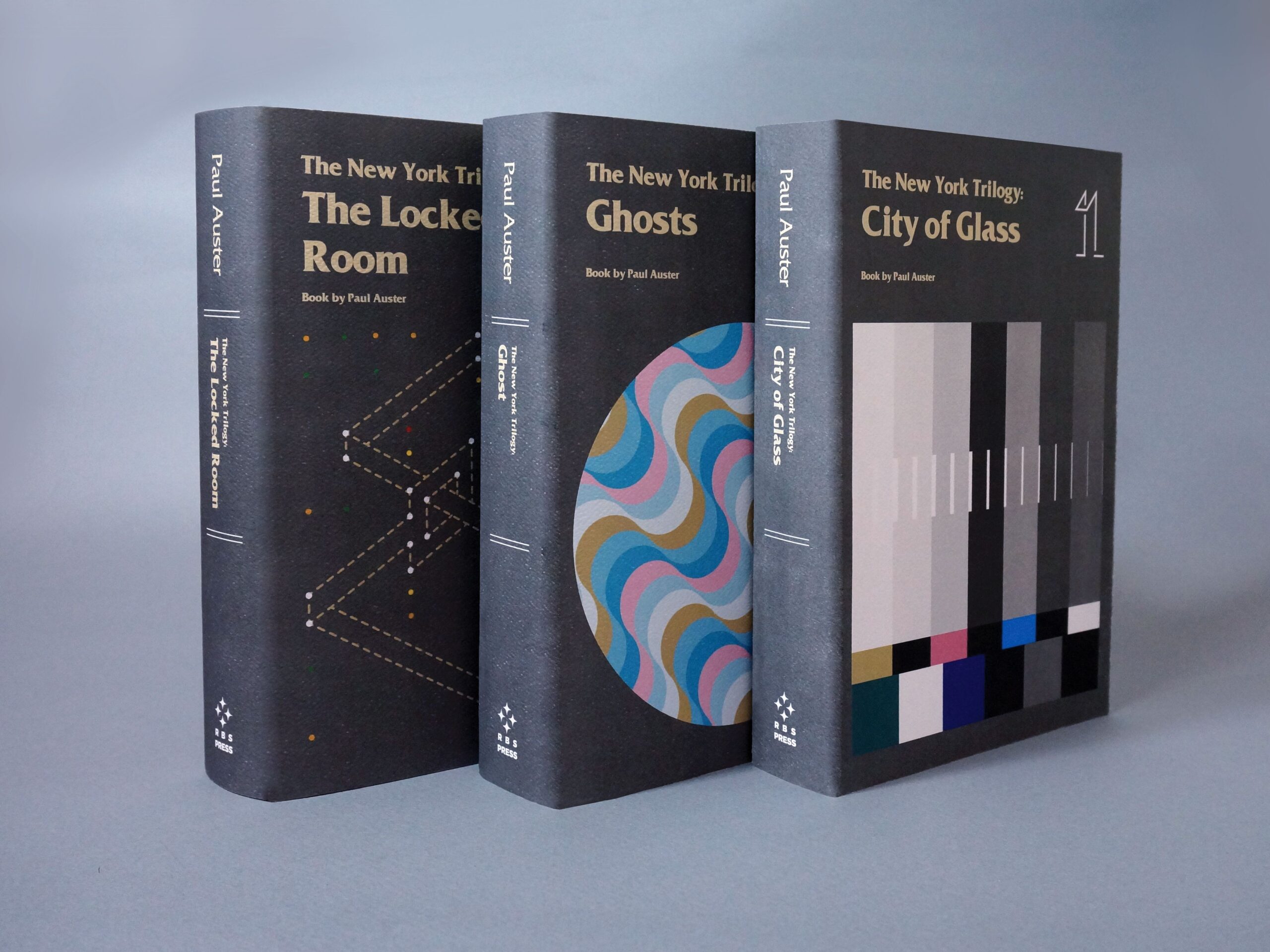
Le pouvoir de l'impression de livres personnalisés
Si vous vous lancez dans l'auto-édition, l'une de vos principales préoccupations sera de trouver des options économiques pour l'impression de livres.
Contactez-nous
- +86 13946584521
- info@booksprinting.net
- 8h00 - 22h00 (du lundi au dimanche)
Commentaires
Blog associé
Découvrez les dernières tendances et connaissances communes dans le domaine de l'impression de livres.
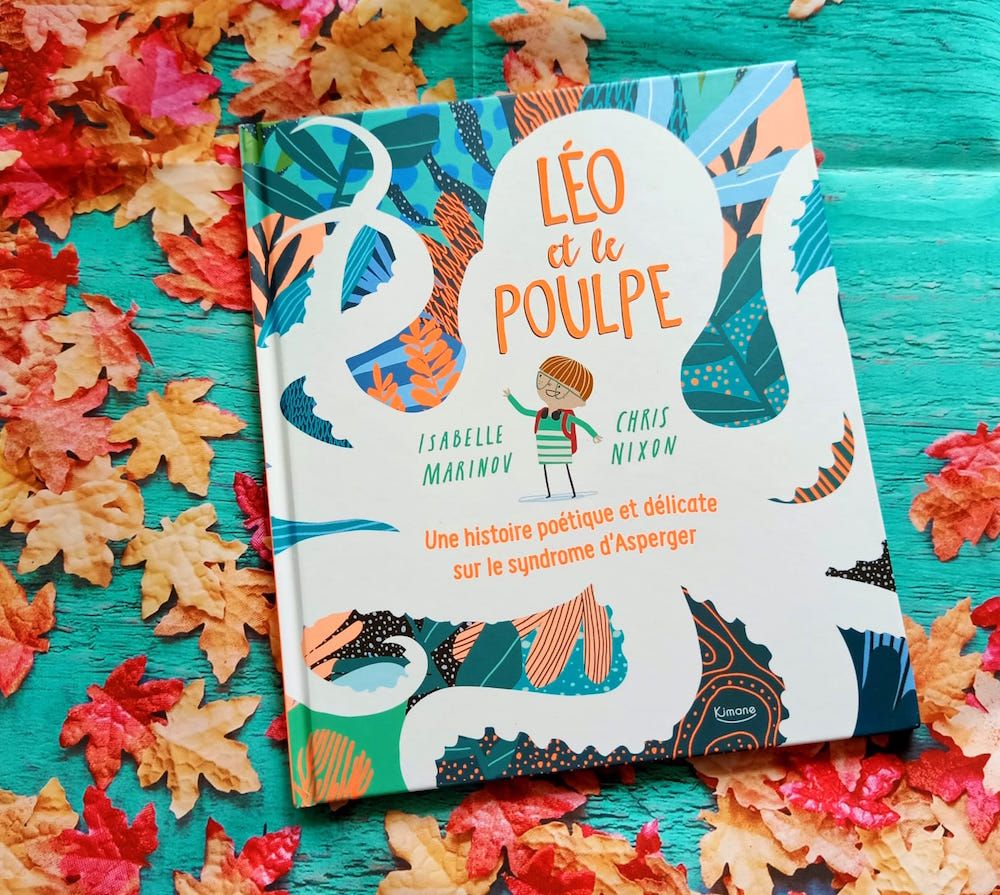
Le moyen le moins cher d'imprimer un livre pour enfants
Transformer l’histoire de vos enfants bien-aimés en un livre magnifiquement imprimé est une expérience passionnante.

5 avantages majeurs des services d'impression en masse pour les entreprises
Dans un environnement commercial en constante évolution, il est essentiel d'atteindre une efficacité à la fois en termes de coûts et de temps pour garder une longueur d'avance sur la concurrence.
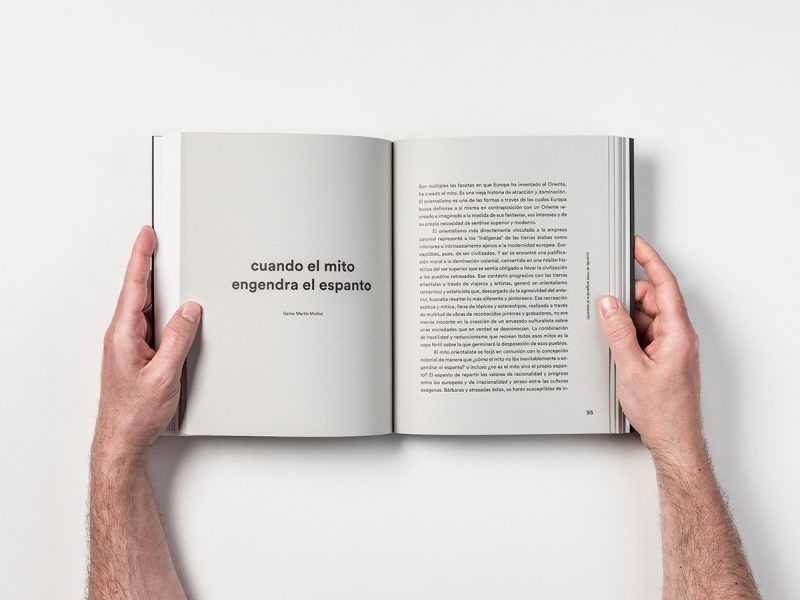
Combien coûte l’impression d’un livre de 300 pages ?
L'impression d'un livre est une aventure exaltante pour les auteurs, les éditeurs et les entreprises. Cependant, il est essentiel de comprendre les coûts liés à l'impression d'un livre de 300 pages pour garantir que votre projet reste dans les limites du budget.

Combien coûte l'impression d'un livre de coloriage
Are you an artist or author eager to transform your creative coloring book idea into a tangible product?

